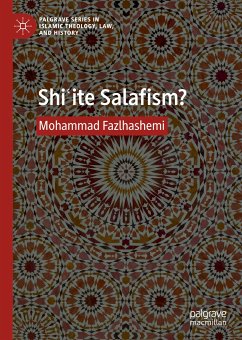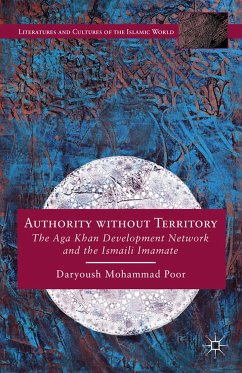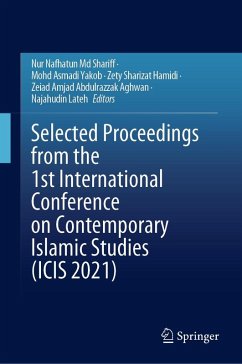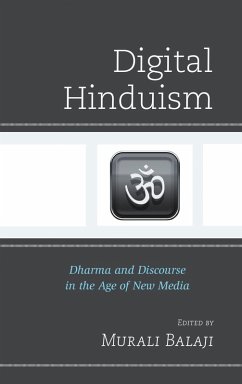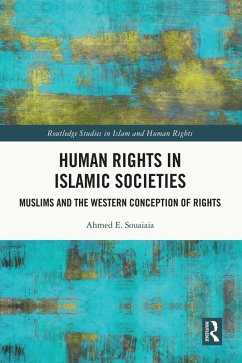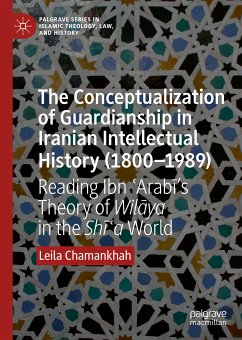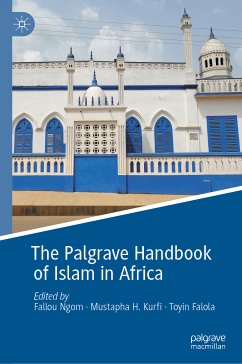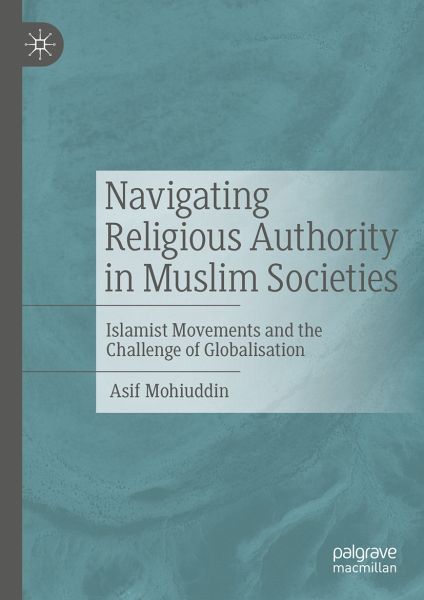
Navigating Religious Authority in Muslim Societies (eBook, PDF)
Islamist Movements and the Challenge of Globalisation
Versandkostenfrei!
Sofort per Download lieferbar
96,95 €
inkl. MwSt.
Weitere Ausgaben:

PAYBACK Punkte
48 °P sammeln!
Globalisation stands as an indispensable lens through which to analyse current cultural, political, and social transformations. This prevailing paradigm, acknowledged by its advocates and critics, profoundly shapes our environment. Within this global landscape, Islam's position is noteworthy-often perceived as rejecting globalisation and its secular underpinnings. This book offers a perspective of the global resurgence of religion in general and the revival of Islam in particular as crucial features of globalisation. Furthermore, the book deeply explores how Islamist groups strategically chall...
Globalisation stands as an indispensable lens through which to analyse current cultural, political, and social transformations. This prevailing paradigm, acknowledged by its advocates and critics, profoundly shapes our environment. Within this global landscape, Islam's position is noteworthy-often perceived as rejecting globalisation and its secular underpinnings. This book offers a perspective of the global resurgence of religion in general and the revival of Islam in particular as crucial features of globalisation. Furthermore, the book deeply explores how Islamist groups strategically challenge religious authority, utilising social media and the internet to reshape their spheres of influence. By exploring these dynamics, the book aims to provide comprehensive insights into the interplay between Islamist strategies, digital platforms, and religious institutions within our interconnected world.
Dieser Download kann aus rechtlichen Gründen nur mit Rechnungsadresse in A, B, BG, CY, CZ, D, DK, EW, E, FIN, F, GR, HR, H, IRL, I, LT, L, LR, M, NL, PL, P, R, S, SLO, SK ausgeliefert werden.



